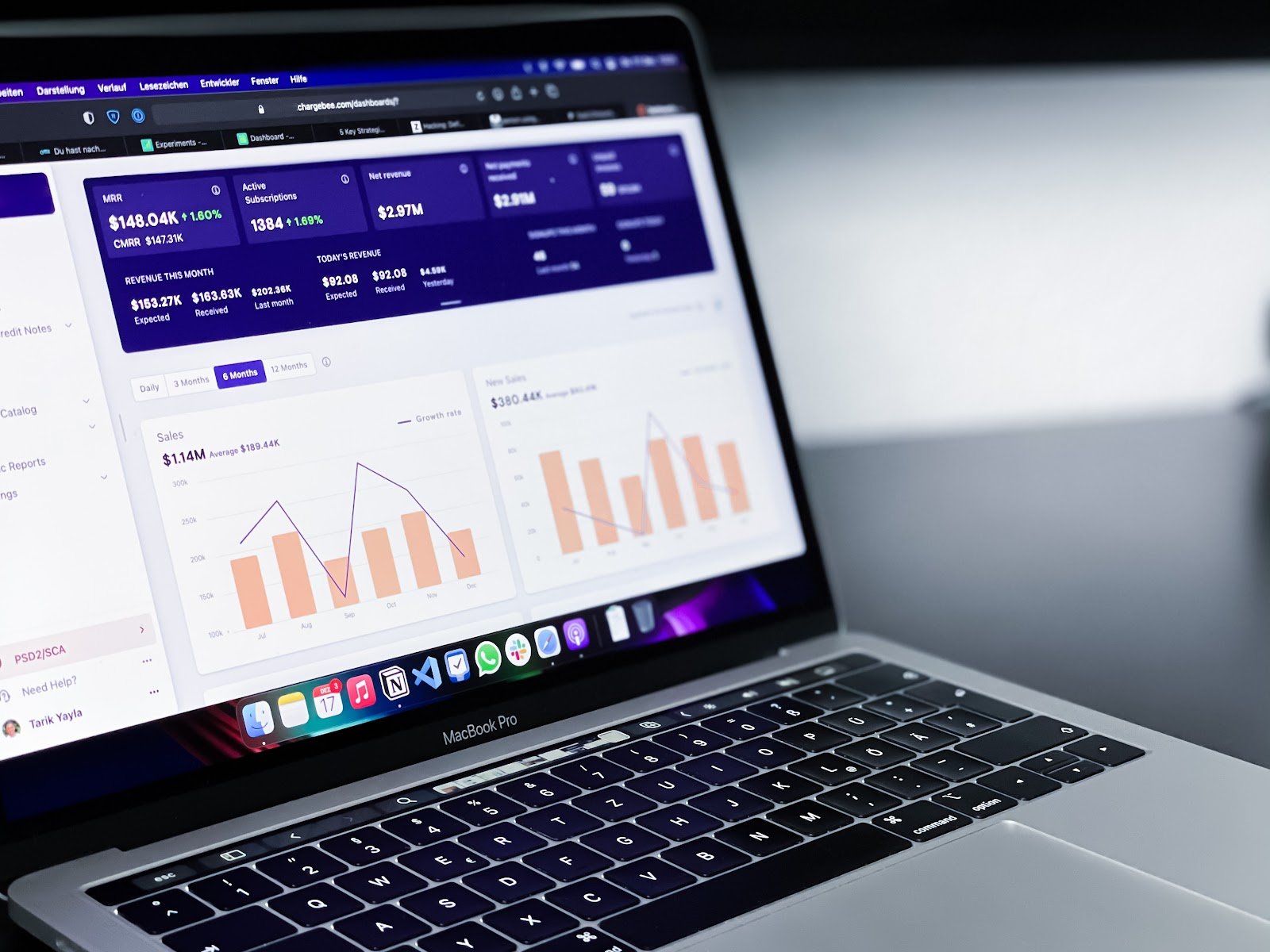Google’s search results have become more interesting and varied. Instead of just links, you now see different types of information, like quick answers, pictures, and more. These different results are SERP features, which make online searches more interesting.
Several Google SERP features include Featured Snippets, Knowledge Panels, Rich Snippets, and People Also Ask. Each Google SERP feature has its unique purpose and benefits.
In today’s digital world, where being seen online is important, knowing how to fit your content into these special search results can make a big difference. Whether you want your content to be in a quick answer, local search, or something else, this post will teach you how.
What are SERP features?
SERP refers to the Search Engine Results Page. It is Google’s response to a user’s search query.
SERP features, however, are Google’s responses to search queries that go past the traditional “blue links.” This includes featured snippets, a knowledge panel, image packs, map packs, and video carousels.
Common Google SERP features
January 2014 marked the first time Google introduced SERP features, with ‘Featured Snippets’ and ‘People Also Ask’ appearing on desktop search results. Since then, it has grown to introduce many more.
Here’s what you need to know about the most common ones:
Featured Snippets
Featured snippets are excerpts of a website’s content displayed at the top of the results page in an attempt by Google to provide direct answers to a user’s query.
Knowledge Panels
According to Google, “Knowledge panels are information boxes that appear on Google when you search for entities (people, places, organizations, things) that are in the knowledge graph.” Knowledge panels provide users with a brief overview of information on a particular topic to assist them in quickly grasping the key points.
Rich Snippets
Simply put, rich results are visually enhanced search results. They are a type of search result that presents additional information from the page rather than a basic snippet that only includes the title, description, and URL.
People Also Ask
People Also Ask is a SERP feature displayed by Google that presents a list of related questions users have searched for after their initial query. It appears below the search results and aims to further address the information the user needs and provide additional context.
Local Pack
A Local pack, or the Google Map Pack or Snack Pack, is a prominent section in Google search results that showcases the top-ranking local listings for your search query or current location. It appears at the top of the search engine results page (SERP) when a user searches with local intent, such as “restaurants near me” or “best mechanics in Lagos.”
Video and Image Carousels
Video and image carousels are another type of SERP feature that displays a series of videos or images related to the search query. Depending on the relevance and type of content available, they can appear at various positions on the search results page.
RELATED POSTS:
LATEST ON-PAGE SEO PRACTICAL GUIDE FOR BEGINNERS
8 EASY WAYS YOU CAN IMPROVE CORE WEB VITALS OF ANY …
HOW TO WRITE META DESCRIPTIONS FOR SEO + FREE …
HOW TO GET A FEATURED SNIPPET SPOT ON GOOGLE’S RESULT PAGE
Benefits of SERP features for your content.
Optimizing for SERP features might seem like something you can overlook, but here are some of the benefits you would be missing out on:
a. Increased Visibility
Visibility is key in the world of SEO, and attaining it is the goal of all SEO efforts. The following is how SERP features boost your visibility to searchers:
- Prominent placement: SERP features occupy prime real estate on the search results page, often above traditional organic listings. This increased visibility makes your website more likely to be seen by potential customers.
- Eye-catching formats: Features like video carousels, rich snippets, and knowledge panels stand out visually from the text-heavy results page, grabbing user attention and driving clicks.
b. Improved Click-Through Rate (CTR)
Your Click-through rate is an essential metric in SEO that often significantly impacts your ranking on result pages. Here’s how SERP features help improve that:
- Direct answers: Features like featured snippets and knowledge panels provide instant answers to user queries, reducing the need to click through to your website. However, this can still increase brand awareness and potential future visits.
- Enhanced user experience: Features like interactive maps and carousels offer a richer and more engaging experience, making users more likely to click and explore your content further.
- Increased trust and credibility: Appearing in prominent SERP features like knowledge panels and rich snippets signals to users that your website is a reliable source of information, boosting their confidence to click.

Photo by Vladimir Sukhachev on iStock
c. Potential for Higher Ranking
SERP features significantly raise your chances of ranking higher by:
- Optimizing for features: Following best practices for structured data, content formatting, and relevance can increase your chances of triggering SERP features for relevant keywords, indirectly improving your organic ranking.
- Enhanced user engagement: Features like People Also Ask and interactive elements can increase dwell time on your website, which is a ranking factor considered by search engines.
- Authority and relevance: Appearing in various SERP features can showcase your website’s expertise and relevance to specific topics, potentially influencing ranking algorithms in your favor.
d. Attract More Qualified Leads
SERP features also help you attract the leads your website needs. Here is how:
- Targeted audience: Features like local packs and People Also Ask highlight your website to users actively searching for your products or services, increasing the likelihood of qualified leads.
- Detailed information: Features like rich snippets and knowledge panels offer users a concise overview of your offerings, helping them make informed decisions about contacting you.
- Brand recognition: Consistent presence in SERP features builds brand awareness and trust, making users more likely to choose you over competitors.
e. Increased Credibility
Searchers are more likely to click links they trust to answer their search query needs, and SERP features greatly increase your credibility with the following:
- Google’s endorsement: Appearing in SERP features, especially knowledge panels and rich snippets, signifies Google’s recognition of your website as a reliable source of information, enhancing your credibility.
- Transparency and trust: Features like People Also Ask and interactive elements encourage user engagement and address potential concerns, building trust and transparency.
- Competition edge: Standing out from competitors through SERP features demonstrates your commitment to user experience and content quality, cementing your position as a trustworthy authority.
Optimizing your content for different Google SERP features
Here’s a breakdown of how to optimize your content for each SERP feature you mentioned:

Photo by Ekahardiwito Subagio Purwito on iStock
1. Featured Snippets
This feature is a great way to get instant answers to search queries. Featured snippets are the easiest SERP feature to rank for. Here’s how you can do it:
- Conciseness is vital: Aim for clear, concise answers to specific questions users might ask, ideally under 280 characters.
- Structure matters: Use bullet points, numbered lists, or tables to make information understandable.
- Target relevant keywords: Research and include relevant keywords in your content, focusing on those with high search volume and low competition.
- Optimize for voice search: Use natural language and conversational tone for potential voice search triggers.
2. Knowledge Panels
This feature gives users a snapshot of the information they seek. Below is a guide on how to rank for it.
- Claim your entity on Google: Verify your business or organization on Google Search Console and Google My Business, now Google Business Profile, to ensure accurate information appears in the panel.
- Provide comprehensive information: Include detailed descriptions, contact information, website links, and high-quality images or logos.
- Structure your website: Use schema markup to help Google understand your website’s structure and highlight relevant information.
- Build backlinks: Increase your website’s authority and relevance by earning backlinks from high-quality websites.
3. Rich Snippets
Like meta descriptions, rich snippets tell the searcher more about that webpage. Here are a few tips to optimize your website for it:
- Implement schema markup: Use structured data to explicitly tell Google what information you provide, like recipes, events, or products.
- Focus on specific information: Highlight relevant details like ratings, prices, availability, or event dates.
- Use high-quality visuals: Include compelling images or videos that accurately represent your content.
- Optimize for mobile: Ensure your rich snippets display correctly on mobile devices, where most users search.
4. People Also Ask
Searchers are interested in pages that can answer their questions, even if it’s not the one they typed in the search bar. Here’s how to always be available to answer them:
- Analyze existing questions: Look at the ‘People Also Ask’ section for your target keywords and identify frequently asked questions.
- Integrate questions and answers: Address these questions within your content, either directly or in dedicated FAQ sections.
- Use natural language: Employ conversational language and answer questions in a helpful and informative way.
- Link to relevant pages: If your website has dedicated pages addressing specific questions, link to them within your content.
5. Local Pack
Do you want people to come to you? Optimize your business to show up on local packs. Here’s how:
- Claim your GBP listing: Optimize your Google Business Profile listing with accurate information, high-quality photos, and positive reviews.
- Target local keywords: Ensure your content and website title include keywords relevant to your location and target audience.
- Encourage user engagement: Respond to reviews, answer questions on your listing, and keep your information updated.
- Build local backlinks: Get backlinks from local websites and directories to improve your local SEO.
6. Video and Image Carousels
Are you tired of scrolling through hundreds of articles? So are your readers. Change the game by ranking high with a different type of content. Below is how:
- Create high-quality visuals: Use engaging images and videos relevant to your target keywords and search intent.
- Optimize file names and descriptions: Include relevant keywords in your file names and image alt text for better searchability.
- Leverage YouTube and Google Images: Optimize your videos and images for these platforms using relevant tags and descriptions.
- Embed videos and images in your content: Use videos and images strategically within your content to break up text and enhance user experience.

Photo by Merakist on unsplash
Conclusion
Optimizing your content for SERP features can help improve your website’s visibility and reach a wider audience.
Each search result is unique, and understanding how search results work is vital. You must adapt your content to fit these special results to succeed online. This helps you get noticed, provide helpful info to your audience, and achieve your online goals.
Start optimizing your content for the specific Google search features that matter to you. Keep an eye on what’s new in SEO, and be ready to tweak your content strategy when needed.
How many SERP features do you optimize your content for?
READ ALSO: SEO writing | 10 proven tips on writing blog posts that rank on Google
























